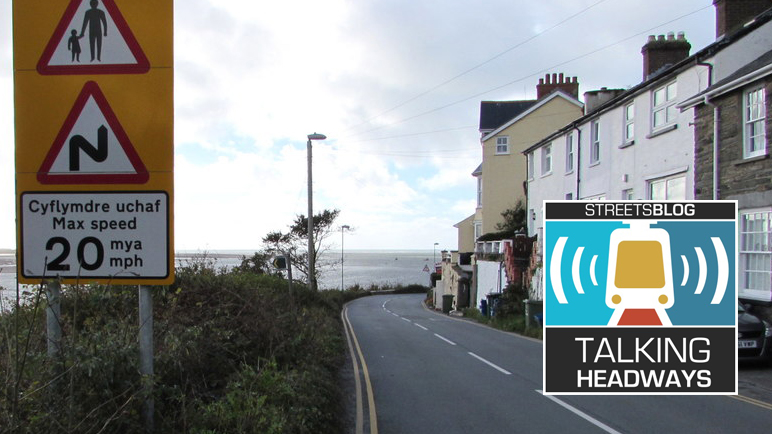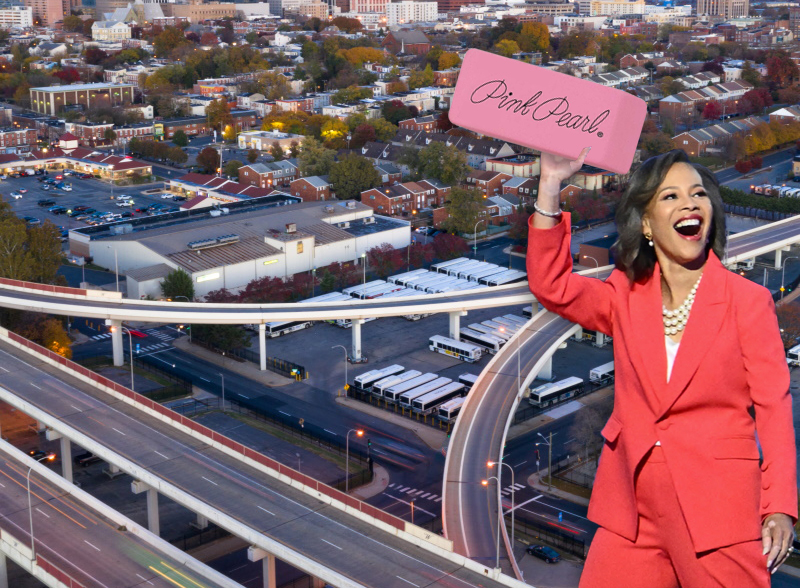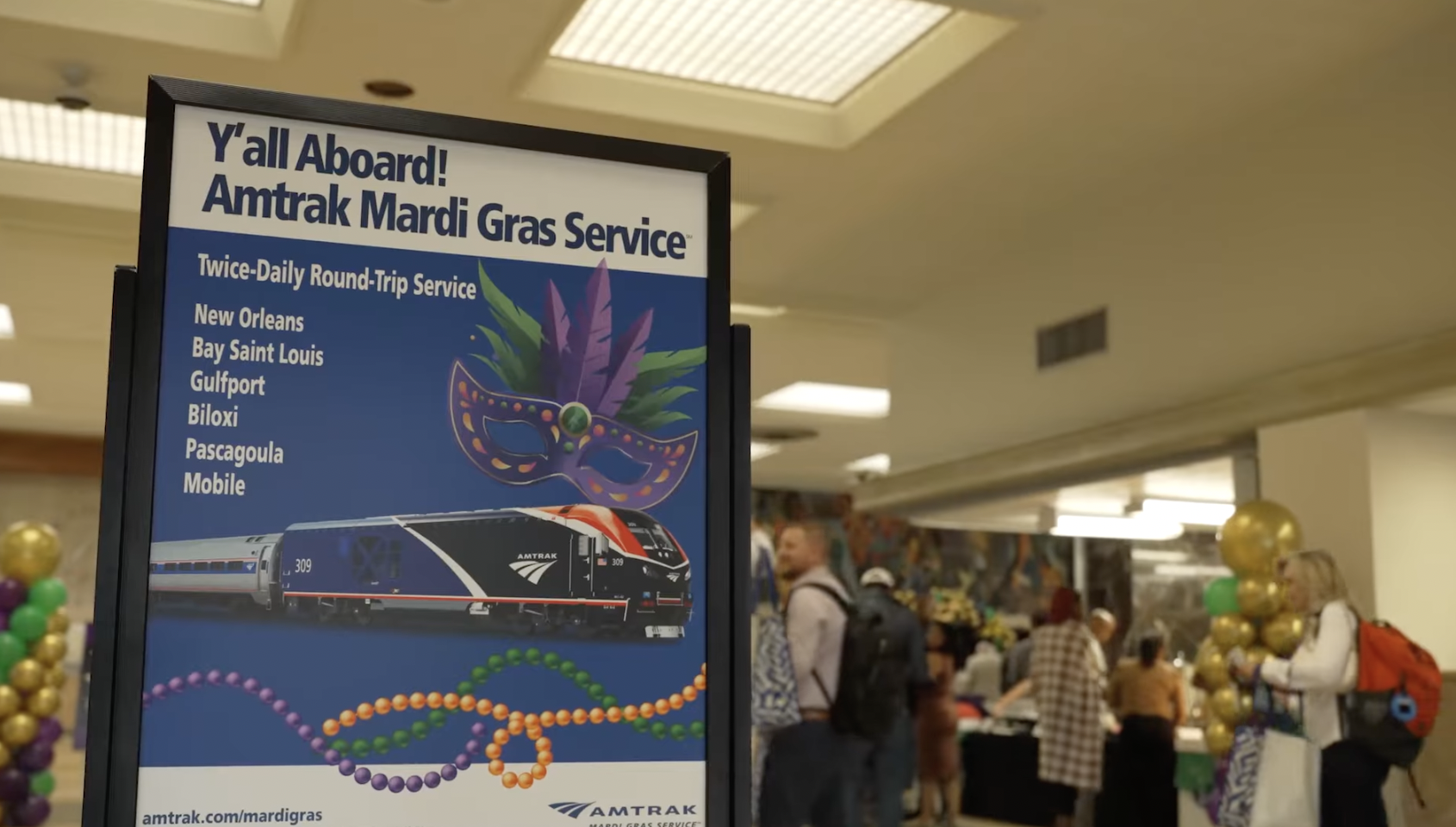This week on Talking Headways, we’re joined by Member of the Welsh Senedd (Parliament) Lee Waters and Dr. Jennifer Kent of the University of Sydney.
We discuss how Wales set climate targets, did a roads review and got to a 20 mile per hour speed limit across the country — and what it might take for other places to do the same. Lee and Jennifer share the importance of leadership, the data around benefits related to 20 mph and the perils of waiting to long for change.
Scroll down below the audio player for an edited excerpt of our conversation, or click here for an unedited, AI-generated transcript of the entire episode. You can check out Lee's blog on the effort here.
Jeff Wood: If we go back in time and look at how we got to the point where you all were reducing the speed limit, what were some of the steps that led to that? I mean, there’s the roads review, there’s looking at the policies that led to that as well. We talked a little bit about climate change. I’m wondering what the steps were to get to that point and why it led to a reduction in the speed limit across the country.
Lee Waters: Well, the journey really was a political one. We had a new leader, a new first minister, and he had a progressive package of policies, and road safety was part of that, and then putting us on a climate trajectory to get us to net zero was another part of that. There wasn’t, a particular strong read across with those at the beginning, and I was charged with trying to implement them, so we did a number of things, and we did them all at once, if you like. So the overall framework was about getting us on to our net zero trajectory. And that meant looking at the drivers for carbon emission increases.
And we had, as in lots of countries, a long pipeline of road schemes in development constantly. So if you’re an incoming transport minister, these schemes take seven, eight years to develop. And by the time a transport minister sits at that desk, the pipeline is full. And money is committed, stakeholder expectation is set. And these schemes just keep coming and you can’t stop them. All you have to influence is what happens for the next round of development for seven years hence, and so I was quite keen to disrupt that and say, we need to pause here. There’s no way we’re going to meet these carbon budgets if we just keep doing what we’ve always done.
We canceled the big motorway scheme, which was controversial. And then we said all schemes in development where there aren’t shovels in the ground, we’re going to stop and we’re going to review that pipeline against our carbon targets. And so we had 50 schemes in the works and all but 15 of them were canceled because they were seen by an independent panel we set up and then with Lynn Sloman, the roads review panel, a judge that they were not consistent with our carbon targets and of the 15 that remained. Most of those will change quite considerably to reduce their carbon impact to reduce the embodied or the embedded carbon, but also to build in modal shift into those designs.
So to reduce speed, to build in active travel links, to build in bus lanes and infrastructure, we did a job of work on the roadside. We brought in a big package of public transport reform. So we’ve been building a metro around our capital. It was ongoing, but the missing piece was bus reform. So we’ve been working through the system to create a far more planned and integrated bus system, and that’s well advanced. We have in law — from a campaign I led before I came into politics — a piece of legislation called the Active Travel Act, which creates a legal responsibility on all highway authorities across the country to develop and maintain a network of routes for walking and cycling.
So, multiple points on the different transport modes. We had reform agendas for each of them. And then the speed argument was treated separately, but there’s a huge read across with active travel in particular, because we know one of the main barriers to people cycling and walking more is a fear of the road and fear of being hit. And so reducing speeds had a big benefit for clean air and for physical activity, and also, obviously, for reducing road deaths.
So it’s quite complicated political messaging, really, because which one of those do you major on? And we majored on the road safety element, not least because, you know, there’s been a lot of cultural, political pushback and all this, you know, we are being portrayed by our opponents as being anti-car, anti-motorists, damaging the economy.
I think it was important that we frame these things in different ways and try and seize on the benefits that have the greatest political traction. Tackling the speed limit was an important way we did that.
There were two features, I think, of the way we’ve done it in Wales, which are interesting to audiences outside of Wales.
The first is we took a default approach. So we didn’t say you can look at roads on a case-by-case basis. And the burden of proof is to show, "Why should you bring speeds down?" We turned that on its head. We said we’re going to drop the speed limit everywhere in areas where people and traffic mix. So in all residential areas around shops, around health facilities, around community centers, using the Stockholm declaration definition of people and traffic mixing, we said all those areas are going to drop currently from 30 to 20 mph, unless the local authority decides to make an exception.
So the burden of proof has shifted. It is not to say where’s the case for 20? It's just to say 20 is the starting point, you make a case for 30. And that I think has been the boldest approach that we’ve done, which I think is interesting to others who take different approaches.
The second big difference we did, and this really struck me when I was in Australia with Jen, is that the argument there is you can only reduce speeds after you’ve changed the infrastructure. So until you change the character of the local road, only then can you look at speed. And we didn’t do that. We’ve made no infrastructure changes at all to our roads. We’ve said, we’ll simply drop the speed. And if after dropping the speed, there are still difficulties, there are collision black spots, then we’ll look at infrastructure changes to lock that in.
So we’re doing it the other way around because as soon, as you say, you must make the infrastructure changes first, you create a huge financial barrier to being able to do it, because it is so expensive to do anything on the highway, that in practice, it kills off progress. So we’ve liberated ourselves from that framing. And I think that’s been very powerful. So I definitely recommend that to reformers elsewhere.






